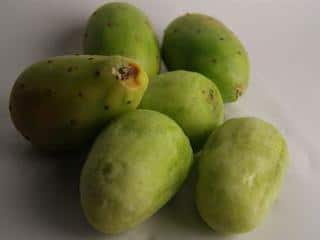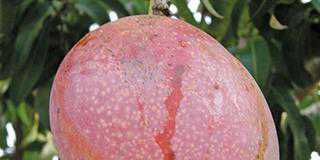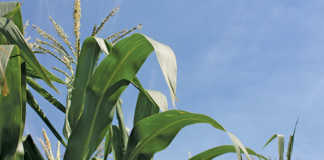
The cactus pear, formerly called the prickly pear, has long been valued in South Africa as cattle fodder as well as for its delicious, healthy fruit. But current research at the University of the Free State is showing that these remarkable plants are even better than was previously believed – and a great deal more versatile.
To begin with, though, the researchers point out the difference between the ‘cactus pear’ and the ‘prickly pear’. “The term prickly pear is associated with the extremely spiny cultivars brought to South Africa by European settlers in 1772,” says Dr Maryna de Wit, head of the cactus pear research team. “They invaded an estimated 900 000ha of natural veld, mainly in the Karoo and Eastern Cape, and had to be eradicated through the use of the cochineal insect and the Cactoblastis cactorum moth. These infestations have now been eliminated.”
The spineless cactus pear
In 1974, the Grootfontein Agricultural Development Institute imported 22 spineless Burbank (Opuntia ficus-indica) cultivars, principally as a drought-tolerant crop for the arid Karoo regions. Since then, according to Dr De Wit, 78 new varieties have been bred from the original Burbanks, and South Africa is the only country in the world – including the countries of origin, the US and Mexico – where the Burbank cultivars are still found.
Dr De Wit, a senior lecturer at the department of microbial, biochemical and food biotechnology, says her research is aimed at finding commercial uses for cactus pears as an alternative crop in the semi-arid regions of the country. “This is an extremely hardy plant that will grow virtually anywhere with minimum input and labour,” she points out.
“It contains high levels of vitamin C, magnesium, iron, calcium and other nutrients. It also has between 6% and 14% sugars, mainly in the form of glucose and fructose. The vitamin C content of cactus pears is higher than that of apples, grapes, pears or bananas. And the sodium content is low, which makes it suitable for people with kidney and blood pressure problems.
“Cactus pears also contain high levels of phosphorus, so they compare well with cherries, apricots and melons.”
Importantly, the fruit is high in fibre (3,15g per 110g) as well as the anti-oxidant betalains. Dr De Wit and her team are trying to find out how much of these valuable nutrients is retained after processing. “We’ve canned cactus pears, made syrup, jams and chutney, and even dried some of the fruit, and are analysing the results to determine the nutrient levels,” she explains. “Fresh cactus pears are available for only a relatively short period in summer. If the nutrient levels are retained during processing, these products could become useful as health foods.”
It is not only the cactus pear’s fruit that is under the microscope, however. Noku Shongwe, a Masters student at the department, is studying the various cultivars to find out which produces the most seed oil. This commodity, which is sought after by the cosmetic, pharmaceutical and food industries, is the most expensive plant oil in the world, selling for as much as 700 euros/l. Here is clearly a potential business opportunity.
The use of cactus pear cladode (leaf) flour in baking is the subject of another research project at the department. The cladodes are dried in the sun and put through a mill. “We’ve successfully replaced up to 25% of wheat flour with cladode flour in baking,” Dr De Wit explains.
“Our carrot cake and crunchies were favourably received by the tasting panel; they couldn’t detect any difference in the taste, texture and appearance from conventionally baked cakes. The flour can also be used as a cereal and works well with grain sorghum meal, for instance. Cladode meal is very high in fibre and is valuable to people who are gluten intolerant.”
The team is also conducting research on possible uses for the mucilage, the gelatinous substance in the cladodes. These include, among others, as a thickening agent and emulsifier in mayonnaise, a fat replacer and emulsifier in polony, and even to improve the adhesiveness of wall paint!
The fact that it is an environmentally friendly and bio-degradable product adds to its appeal. Dr De Wit maintains that the humble cactus pear is the Cinderella of fruits and its outstanding properties have been ignored locally for too long. “It is a wonderful resource and should be seriously considered as an alternative crop for the semi-arid regions,” she argues.
“We must learn from countries such as Morocco, Mexico and Chile where the entire plant – cladodes, fruit and even flowers – is used. Through our research, we want to demonstrate that the hardy, economical and versatile cactus pear can open up economic opportunities in drought-stricken areas in South Africa.”
Contact Dr Maryna de Wit at [email protected].













